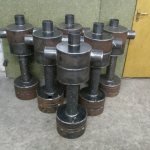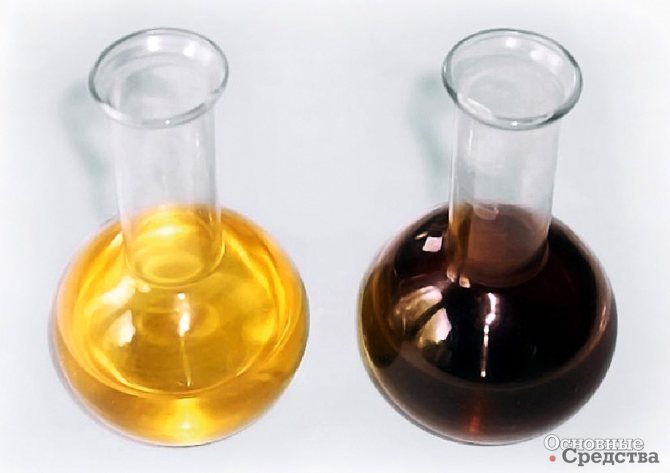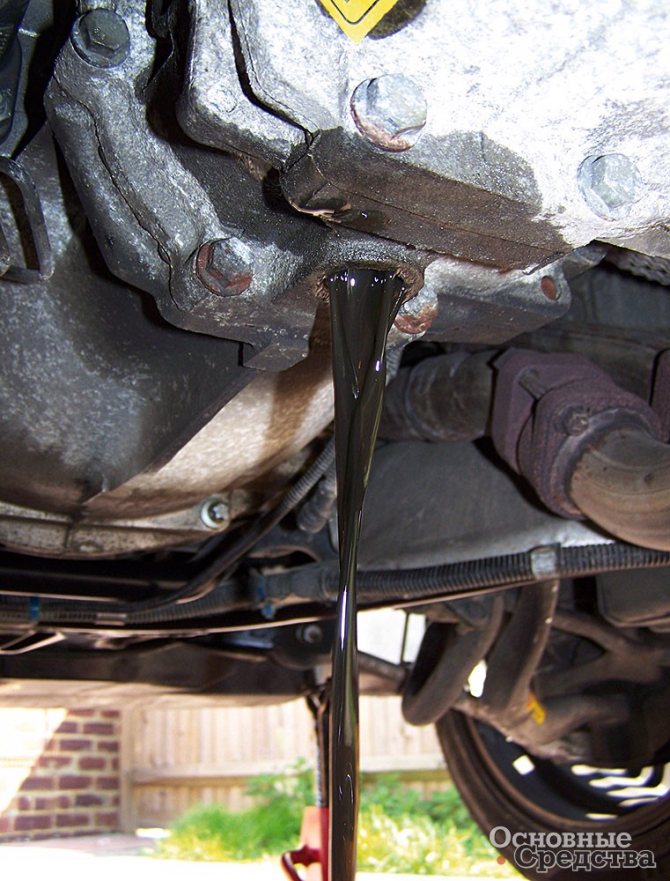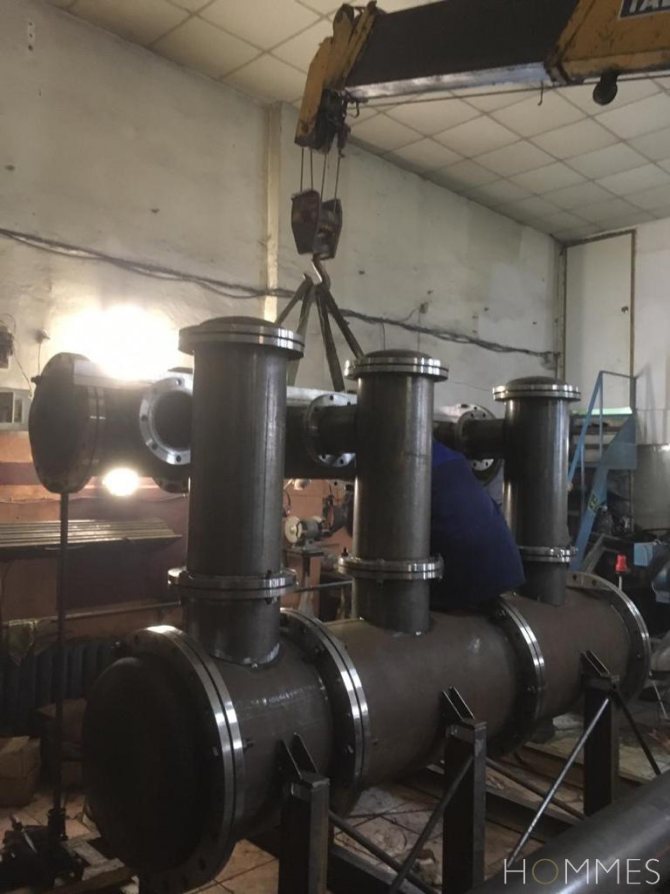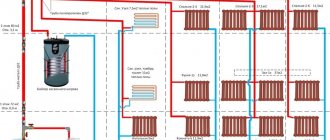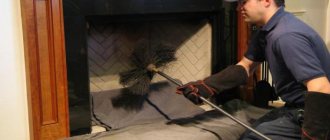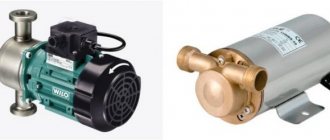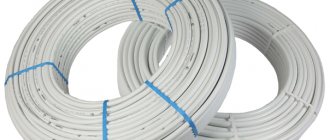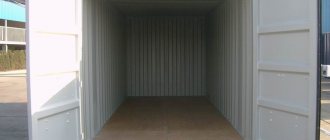Waste oil stoves have gained popularity for several reasons - the appearance of synthetic oils that are easier to burn than older oils without additives, and the possibility of purchasing "waste" - oil drained from the engine and transmission, contaminated with metal particles. Since this unusable substance requires processing, removal and storage, it is easier for enterprises to dispose of it as quickly as possible so as not to come into conflict with environmental legislation.
It is impossible to buy mining from those who are engaged in the manufacture of heating oil from it - these are licensed entrepreneurs and firms that will not sell raw materials instead of their own product. But it is possible to buy used oil in a car service at very low prices.
If you yourself run a car service, that is, you have access to mining in large quantities, then you can put it into circulation quite simply - use it as fuel. But this will require a furnace with certain parameters, in which the mining will not just burn out, but will burn out completely, give a high temperature and will not be recognized by the checking source of harmful emissions.
To do this, you need to make a furnace capable of completely burning out all the components of the used oil. This is not so easy, given its complex composition and some of the subtleties of the combustion process of such products. In particular, it is necessary to create a structure that will allow nitrogen oxides, extremely harmful compounds, not to escape into the atmosphere, but to take part in the combustion of other fuel components.
In this course of events, nitrogen oxides will turn into water, carbon dioxide and nitrogen, that is, substances less hazardous from an environmental point of view. And the combustion of mining in the furnace will be almost complete, which is very important - it will have to be cleaned less when receiving a large amount of heat.
Working furnace - advantages and disadvantages
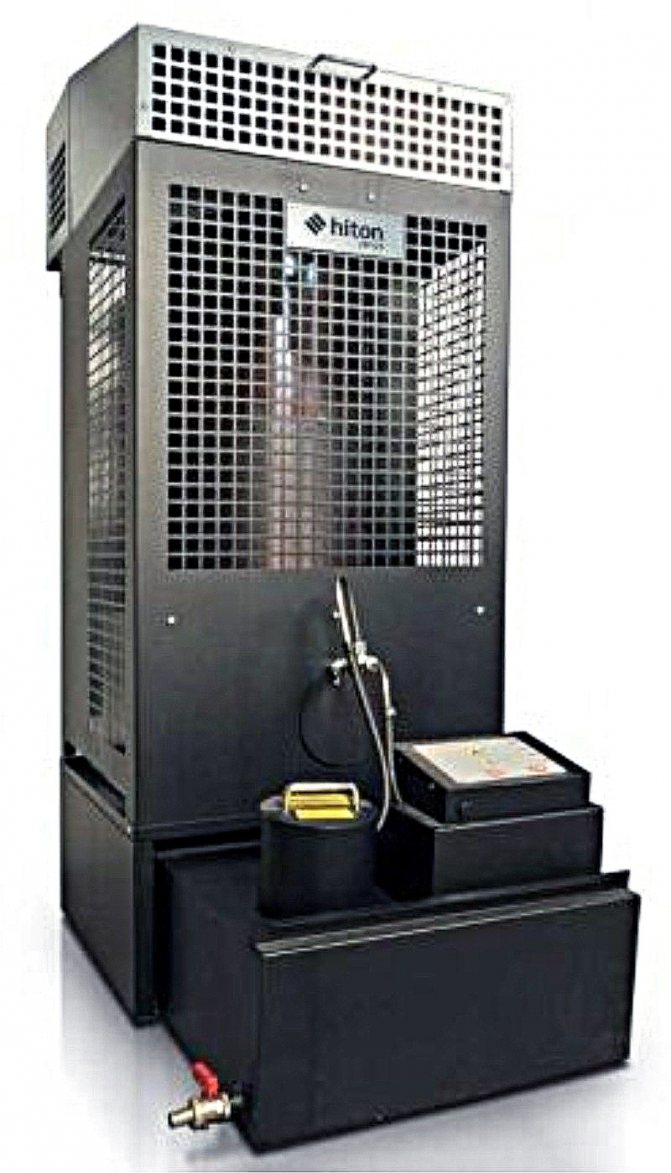
What should be taken into account in the manufacture of a working furnace, what are the main principles, difficulties and advantages of such a solution?
Benefits
- The stove runs on cheap and affordable fuel.
- The combustion efficiency is high enough to obtain a high temperature of the furnace body, which means a high heat transfer in the range of about 500 - 700 degrees.
- The design of the furnace allows you to assemble it from steel using a welding machine, which is not at all difficult with experience and material.
- Combustion in such a furnace is supported independently - these are the physical principles of its operation. Combustion can be controlled by limiting the fuel supply with a simple throttle valve.
disadvantages
Let's remember the difficulties and disadvantages.
- The high temperature of the furnace body requires the allocation of a special place for it, cleared of all fuel at least half a meter from the device.
- When heated by such a stove, the heat is distributed unevenly, it is easier to say that it is very hot near, and cold far away.
- The oil waste furnace works on the principle of radiation, not heating the air.
- There is always the possibility of fuel boiling in the preheating chamber and, under certain conditions, of boiling fuel ejection from the body.
- The oven is very active in absorbing oxygen in the room.
- The design should take into account the high temperature in the chimney, which means that in places of contact with the roof it is necessary to create a protective layer of non-combustible refractory material. The chimney in the simplest version can only be vertical - we will write about the reasons below.
- Firefighters' claims are possible if the stove is installed in a service or workshop.
Is it possible to balance the advantages and disadvantages of the design, or find an economical, efficient and safe alternative to a homemade waste oil heating stove? You can at least level some of the design flaws and make full use of its full potential.
Pros and cons of such ovens
The main advantage of oil stoves is that they can use waste oil as fuel, which would be disposed of. With the correct technology for the manufacture of the furnace, after the combustion of oil, practically no harmful elements are emitted into the atmosphere.
Additionally, the following advantages can be noted:
- simplicity of design;
- high efficiency;
- minimum costs for equipment and fuel;
- the ability to use oils of any origin;
- oil can contain up to 10% of impurities.
However, there are also significant negative qualities. Firstly, if the technology is not followed, the fuel will partially ignite. As a result, harmful vapors can accumulate in the room, which can threaten with dangerous consequences for humans. Therefore, a prerequisite is to equip a room with an oil boiler with a ventilation system.
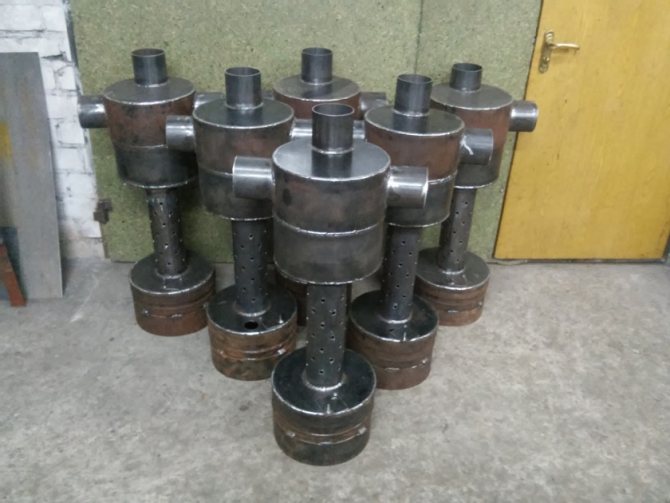

It is worth highlighting the following additional disadvantages:
- to obtain sufficient draft, the chimney must be at least 500 cm high;
- the roof and chimney should be serviced every day;
- difficult ignition: first you need to heat the bowl, and only after that fuel is supplied;
- difficulty in manufacturing a boiler with the ability to heat water.
In view of the features described above, such stoves are practically not used as heating for residential buildings.
How a waste oil oven works
The principle of operation of a stove for oil processing is the combustion of an oily liquid in stages for the complete combustion of all its components. When using the development with synthetic additives instead of pure rectified oil, this becomes possible. All gear and engine oils now contain synthetic additives to make our task easier.
Why are we talking about two stages? - oil consists of light and heavy components that burn (oxidize with the release of heat) at different temperatures. They need different amounts of oxygen, different temperatures and division into areas where specific processes will take place. The effect of complete combustion can be obtained by separating the substance into fractions already in the combustion process.


Pyrolysis tends to maintain stability, maintain itself, and we can get a process that is simplified like this:
- the preheated fuel ignites in the lower part of the combustion chamber of the furnace using waste oil, light substances burn, creating a primary temperature and draft for the evaporation of heavier fractions;
- in the middle part of the combustion chamber, heavy components are heated to the combustion temperature and the maximum oxygen inflow from outside;
- hot pyrolysis mixture enters the upper part of the furnace, where the process of “afterburning” of the fuel decomposed into vapors and gases with decomposition of nitrogen oxides and active heat transfer takes place;
- combustion products go into the chimney, heat is given to the room in the form of radiation.
Do-it-yourself gas cylinder oven
Looking at the drawing of a home-made furnace during testing, we can notice that the role of the body is played by the cylinder itself, from which the upper part is sawn off. Case height - 550 mm.
Today we will try to figure out how to assemble a working furnace from a gas cylinder. For this we need an inverter machine, electrified tools and a tape measure. In addition to the balloon, you need to prepare:
- A section of pipe with a diameter of 110 mm (air will be supplied through it);
- A section of pipe with a diameter of 20 mm (fuel will be supplied through it);
- Metal for welding legs;
- The metal to create the bowl.
From the upper part we make a cover through which a pipe diameter of 110 mm will be mounted inside the cylinder, which does not reach the bottom by 60 mm. We weld a cover with four holes to the part that is located at the bottom of this pipe (one hole in the very center, its diameter is 22 mm, three more holes are 5 mm in diameter along the radius, with a smaller indent from the middle). A pipe diameter of 20 mm is placed in the hole in the middle, through which fuel is supplied.
We weld an iron bowl to the part that is located at the bottom of the inner pipe - in it we will have a solarium burning, heating the bowl, into which mining will drip later. The cup itself is made from a piece of pipe with a diameter of 140 mm and a piece of sheet iron, cut in the form of a circle and welded on the bottom side. The bowl height is 20 mm.
Ultimately, you should end up with a similar design.
Next, we will proceed to the development of the chimney and the blower. The blower is performed in the very part that is located at the bottom of our stove - through it, solar oil is poured into the bowl for ignition and warming up. Also, dripping mining is ignited through it. We cut the hole for the smoke outlet in the upper side part - into the hole that turned out we weld a piece of pipe with a diameter of 110 mm. Subsequently, it will be necessary to attach the chimney pipe itself to it.
Finally, we weld on the top cover - the creative process of the furnace being worked out with our own hands can be considered complete. Now it needs to be tested in test mode - it is recommended to conduct experiments on the street. Pour a little solarium into the cup and wait until it burns out. Then we open the valve with working off and see how the process of entering the operating mode begins. Only after the end of the check, we proceed to the process of installing the stove in a heated room.
Features of fuel combustion in furnaces during mining
Why is it possible to use only a vertical chimney in such a waste oil oven? Why create the middle of the furnace as a vertical tube with oxygen supply holes? The fact is that good traction and complete combustion of all components can be obtained only when the entire mixture is heated. If the vapors begin to fly through the combustion chamber at high speed, then there will be no time for this particular warm-up, and the point is
But if you apply knowledge of the laws of physics, then you can achieve a decrease in the speed of heavy components, give them time to warm up - due to the Coriolis force arising in the vertical part of the combustion chamber. It is a consequence of the rotation of the Earth around its axis, and its effect is expressed in the fact that liquids and gases are twisted in a spiral in a vertical pipe. Thanks to this twisting, the gas components are mixed, stay in the combustion area for a time sufficient for full heating and combustion, to build such a structure will disappear.
This effect can be obtained in different ways, but in the simplest version, you can achieve a certain ratio of the height and diameter of the vertical part of the combustion chamber and chimney, if you do not violate the strictly calculated dimensions. In case of violation, the effect of incomplete combustion will occur, soot and soot will begin to settle on the pipe, black smoke will tumble down, and some of the gases will begin to break through into the room through the holes for the flow of oxygen.
After the gases in the combustion chamber are heated and the mixture is saturated with oxygen, the afterburning phase begins, which occurs in the upper part of the furnace. There can be either a kind of expansion with a partition, or a funnel of a certain shape - a temperature jump should occur in them, after which oxygen will give up some of the unburned substances to nitrogen oxides.At this stage of afterburning, hazardous and harmful components are converted into carbon dioxide, water vapor and nitrogen.
How to improve a waste oil stove
What can be improved in this design to achieve more functionality and get rid of limitations?
- It is possible to increase the thermal power of a furnace operating on waste oil in order to convert part of the radiant energy into heating the air, to obtain a convection scheme for a more uniform heating.
- It is possible to circumvent the requirement to build only a vertical chimney - in this case, we can use horizontal sections for greater heat transfer to the room and reduce the danger from heating the roof. So it is more convenient to bring the chimney into the wall, which is much easier than laying it through the roof.
- It is possible to create a system of uniform fuel supply to the lower part of the combustion chamber in order to add mining not too often, not to constantly control its amount in the heating chamber.
The first two optimizing effects can be obtained using the force of air movement, pressurization, but with certain restrictions. The fact is that feeding air into the combustion chamber from below is useless. It will only lead to a loss of temperature balance and a loss of the mixing effect from the Coriolis force, that is, it will nullify all the advantages of the pyrolysis process.
It is simply useless and even dangerous to make any views and hatches for blowing in the furnace during mining - they can have the effect of throwing out a flame, fuel or a jet of burning gas outside. Unlike a wood-burning stove, this system balances itself and does not need a forced air flow during the combustion-afterburning phase. The holes in the vertical part of the combustion chamber are enough for it.
At the stage of exhausting gases, you can help the stove - install a fan in the chimney to push the combustion products along the horizontal pipe, compensating for the loss of draft from its laying. In fact, this means that the fan will “blow after the gases”, creating excess pressure to push them out of the pipe.
Pressurization methods - injector and ejector
There are two options for creating such a device.
- The first approach involves installing a constant fan in the “elbow” of the chimney, which will maintain draft and expel gases. When it is turned off, the exhaust gases will begin to return to the room, and the efficiency of the furnace on waste oil will sharply decrease. It is possible to install a valve in the form of a simple “clapper” between the chimney and the fan, which will easily rise from the air flow created by the fan, and just as easily slam shut when it is turned off. The option is not very convenient precisely because of the need to constantly maintain the draft with the fan. You can use a computer fan, kitchen exhaust fan, or a small industrial fan that creates a steady flow of air for ejector boost.
- The second approach is somewhat more difficult to execute, it is good in cases where part of the chimney is laid with a certain slope. A thin tube is inserted into the elbow of the chimney, and compressed air is periodically fed through it, instantly increasing the draft. When using this system - injection - it is possible to dramatically increase the efficiency of fuel combustion with a simultaneous decrease in its consumption. As a result, it will be possible for a short time to strongly heat up the oven, and then transfer it to a more “quiet mode”.


The use of pressurization depends entirely on the capabilities of the owner of the furnace and the specifics of its location. In any case, waste oil heating stoves are suitable for garages and mini-workshops, but they require compliance with fire safety rules - removing objects from the body, clearing the space and controlling the temperature.
We must not forget that it is, in principle, impossible to extinguish such a furnace until the fuel is completely burned out. The flame will support itself in the form of a lazy tongue, which will instantly flare up when a new portion of oil is received.
Top Fuel Drip Unit
Usually this option has a name: a furnace for working out from a cylinder. Moreover, they often use an old gas cylinder.
Its main advantage is its thick wall. In its lower part, drop injection is organized using a nozzle, and air is supplied through the upper thick-walled pipe with holes, blown by a fan.
The disadvantage of such a system is a complex adjustment system to achieve maximum results.
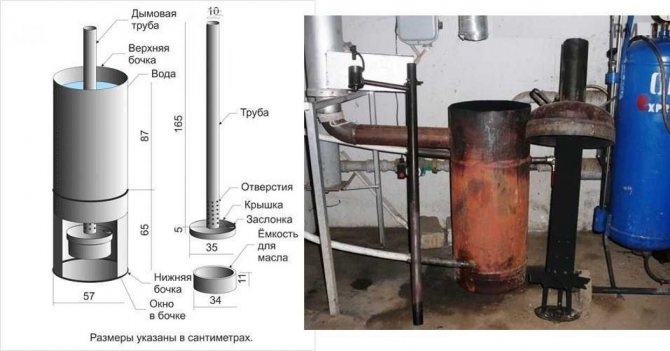

Plasma Bowl Oven
A working oil furnace with a fuel chamber located at the bottom is structurally much simpler. In this case, the ratio of the sizes of the upper and lower chambers is also insignificant. However, the efficiency of such devices is low.
It can be increased by arranging the upper fuel supply. Such furnaces for working off are called drip furnaces. The fuel supplied through a small stainless steel tube with a diameter of 8-10 mm enters them on a heated bowl and, completely burning, emit much more heat. This can be determined by the color of the flame - in them it is not yellow, but blue and white.
There is a fundamental difference in the design of such drip-type furnaces - the perforated pipe in them is located inside the body. For this reason, devices are considered more secure. The plasma bowl can be made from a cut pipe or a thick-walled steel container. Do not make the pallet too high - when cleaning the oven, the bowl should be easily removed.
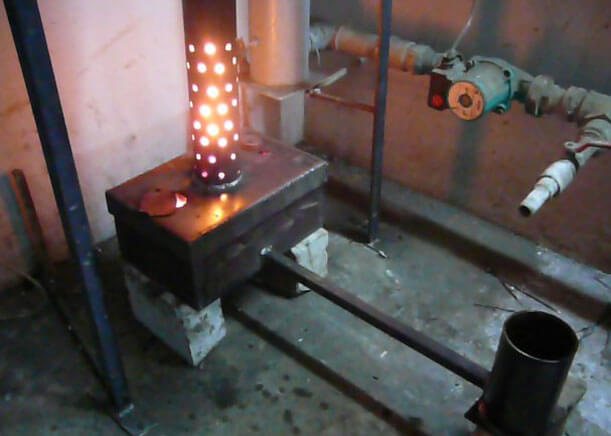

Some masters, without bothering, make the fuel supply single-stage. But such devices are very dangerous - the feed tube, located close to the furnace, gets very hot. Plus, the flow of fuel will be unstable - the heated oil will liquefy and drip faster. And if the valve is open all the way, accidentally, it can cause a fire.
More advanced is the two-stage flow, which includes a safety float valve. The capillator in such devices is made necessarily dosing.
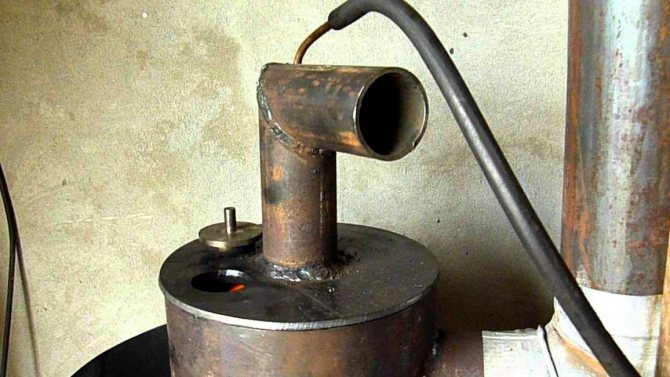

Drip feed in the oven
In drip ovens, there is also the possibility of more precise air regulation. For this, the number of holes and the diameter in the pipe are gradually reduced in height. In the bottom row, they can be replaced with vertical slots. In this case, oxygen will enter the combustion chamber in precise portions in accordance with the needs of the burning gases.
To make the lightweight stove more stable, it can be welded to a frame made from a metal corner.
Extraction of heat from the furnace during mining
Heat removal from the furnace body can be organized in two ways:
- installing a fan at some distance, which will constantly blow on the case, driving air past it for even distribution. An ordinary household fan will not be able to critically lower the temperature in the combustion chamber and will not cause the afterburning of fuel to stop. At the same time, there will be more comfort in the room, but you should pay attention to this - the fan can partially blow out gases through the holes in the vertical part of the combustion chamber. This is quite risky for those indoors;
- equipment on the furnace body of a coil with constantly flowing water - a kind of water heating circuit. It can be replaced with a hot water jacket located in the upper third of the combustion chamber. An indispensable condition is that there must be a gap for air in between the elements for receiving heat and the body of the combustion chamber. It is not worth lowering the heat extraction circuit below.
If forced circulation is connected to such a system, then it will be enough to heat a house or summer cottage, and for a small building there will be enough natural circulation of the coolant. We remind you that all these solutions require correct calculation, because excessive heat extraction will lead to a loss of afterburning efficiency, and excessive heat will lead to melting or cracking of pipes with water. If air is restricted to the combustion chamber, the stove will also lose efficiency.
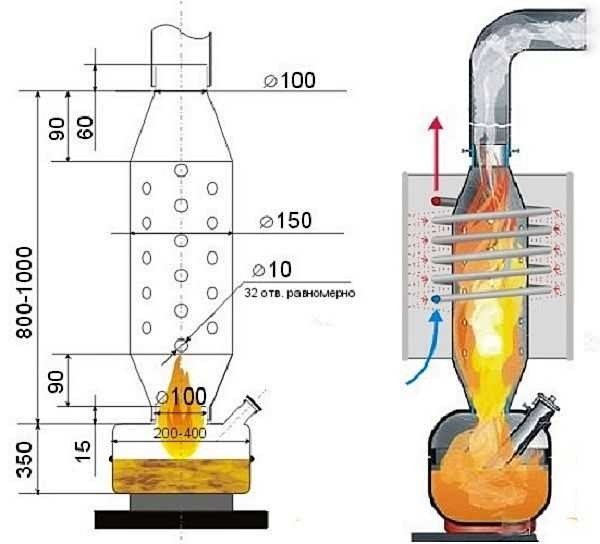

Boiling point of gasoline
Gasoline in an engine behaves differently from any other liquid; gasoline is a mixture of many liquids. Combustion and volatility of gasoline do not occur in the same way as it would with water, or with liquefied hydrogen: each of the many elements of gasoline reacts at a certain moment and by understanding these nuances, it is possible to determine what kind of gasoline a car needs for its long and high quality exploitation.
For the layman, it is important to know how the boiling point of gasoline and the octane number affect its quality and brand. For different brands of gasoline, these will be different indicators.
The octane number is present in the name of the brand of gasoline. For example, the name AI-92 means that gasoline was tested by a research method (AI), which showed an octane number of 92. The number 92 shows how resistant the gasoline is to detonation or explosion. The point of the report is 100, isooctane is taken - a hydrocarbon resistant to detonation; and the octane number shows what is the percentage of isooctane mixed with heptane, which has low detonation properties. In fact, the octane number 92 means that gasoline of this brand is resistant to detonation as much as a mixture of isooctane and heptane 92: 8; The number can be higher than 100 if the properties of the fuel are higher than that of isooctane.
Duration of work and fuel consumption
The fuel consumption in such a furnace is about a liter per hour of operation, and when using a blower fan - up to one and a half liters. If you want to achieve a longer operation of the oven without adding oil, then you can install a larger container next to it and connect the lower parts with a pipe. The principle of communicating vessels will work - the liquid in the combustion chamber and the additional container will be at the same level.
It makes no sense to make the combustion chamber large, because the fuel in it will not warm up to the required temperature. An additional capacity with a throttle valve will help create a fuel reserve for several hours of combustion, even overnight, without the risk of “overflowing” or interrupting the flow of mining.
Dangers, difficulties, alternatives to a homemade furnace for working out
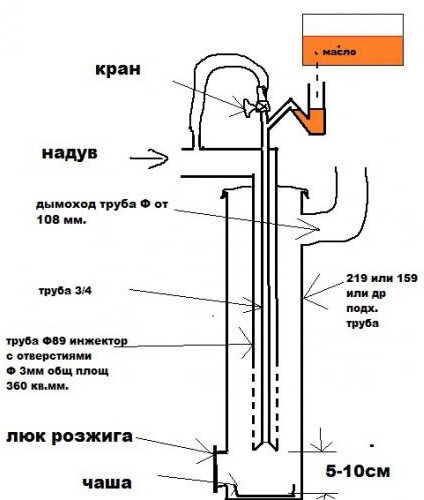

The design we have described has serious drawbacks.
- A homemade working furnace is a device with a partially open combustion chamber, and this excludes its installation in residential premises. In addition, its body is heated to very high temperatures, which is also dangerous. You will have to build a separate room for it and conduct heat into the country house either through an air duct or using a coolant. This negates all the advantages of using development and design simplicity.
- In the event of a fire, such a device will become a reason for refusing insurance payments - the furnace is not certified, has not been tested, and does not have a passport.
- If a working furnace with a high water content enters the tank of a furnace, a possible instant boiling of the mixture with the release of vapors is an explosion, from which people and the structure will suffer.
- The use of such a stove in a car service or an entrepreneur's workshop is a source of problems with fire services, endless fines.
Nozzles and Flame Bowls
A safer design option is to use a drip-fed nozzle or combustion bowl, but here a lot of technological and constitutive difficulties arise.The manufacture of these units is associated with the operation of very precise modern equipment. The nozzle must operate with a constant flow of compressed air, and the supply of fuel by drops into the thicket is associated with accurate dosages and raising the mining to a height - above the combustion chamber.
The flame bowl is considered as an option for creating a waste oil furnace, but its design is very difficult to manufacture. Such a device cannot be built without skills. For him, you will have to buy or assemble a blower fan - a "snail" to swirl the air flow, calculate the installation location. This is a challenge for professionals, but in an industry where there are professionals, it is unpopular. There it is more profitable to use a nozzle or burner with a compressed air supply, a filter and a fuel pump.
A flame bowl with a porous filter element, although it gives a stable economical combustion, cannot be assembled into a completely safe structure with your own hands. It's too complicated. Moreover, no inspectors and insurers will recognize such a device as safe, and expertise will be incredibly expensive.
Furnace on the development of industrial production
Those who still want to take advantage of the development opportunities - especially the owners of car services, workshops - it is better to look for and buy a furnace operating on waste oil of industrial development and assembly. For heating industrial premises, there is a more efficient option with a blower fan, which creates good conditions for mixing the air. In this case, the air is heated in the heat exchanger without the combustion products entering there.
Fans of palliative solutions, amateur performances and exoticism would like to advise - correlate the benefits of using such an oven with its limited capabilities and cost. In order for a home-made stove for testing to become safe and convenient, you will have to spend a lot of work and buy a lot of equipment. Isn't it easier to buy a ready-made and certified product right away, which can not only be put in the garage!
Agree that for heating one garage and a barn, the efforts are simply inadequate! And for the safe heating of production, even the smallest, there are compact and manufacturers of furnaces, air heaters and waste oil boilers. It is very difficult and troublesome to make a furnace for testing on your own. Its safety and performance will in any case be much lower than that of proven industrial products with modern burners and even combustion bowls.
Ignition and operation
Firing up a cold furnace during mining is not an easy task. Oil vapors burn only when hot. Therefore, it is necessary to kindle it with the help of other flammable liquids - gasoline, alcohol. They are poured in a thin layer over the oil in a pan and set on fire.
During combustion, they heat up the upper layer of mining, oil evaporation begins, and the furnace starts up in operating mode. After that, the valve on the oil supply hose is opened and its flow into the furnace is adjusted. To stop the oven, just close the valve. The fuel supply will stop and as soon as the oil in the sump burns out, the stove will go out.
Cleaning the stove from carbon deposits and soot is done with the help of metal brushes or fine gravel, throwing it into the chimney. Passing along the walls of the chimney, the gravel beats off the soot, and it falls into the combustion chamber. Open the door and sweep the soot with a brush. Then they take out the pallet, clean out sediment and fallen soot, gravel and other contaminants from it.
With proper operation and observance of fire safety, a stove from a gas cylinder can serve for many years. It is not recommended to install it in a residential area because of the unpleasant smell that accompanies the combustion of the mining, but you can install it in the boiler room and connect the water circuit. In this case, a drip oven can be used to heat a private house.
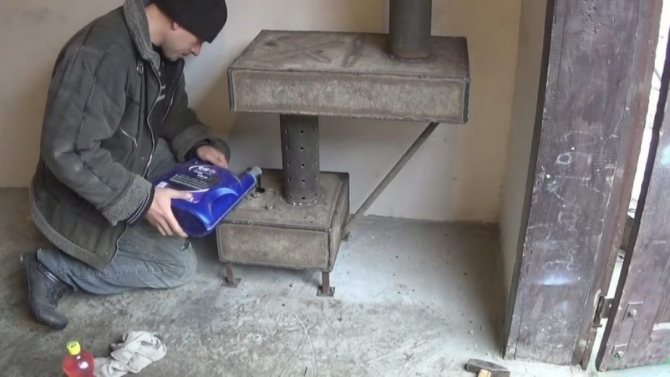

Oil filling
Before putting the furnace into operation, check the integrity of all seams, the absence of blockages, and the cleanliness of the blower. To avoid a fire hazard, there should be no residual water on the walls of the chambers and pipes - when it is mixed with oil, fuel splash is possible.
You need to get used to lighting a potbelly stove during mining. After pouring oil, you should not immediately throw a burning torch or rags into the filling hole. It is necessary to wait some time so that the vapors are well saturated with oxygen.
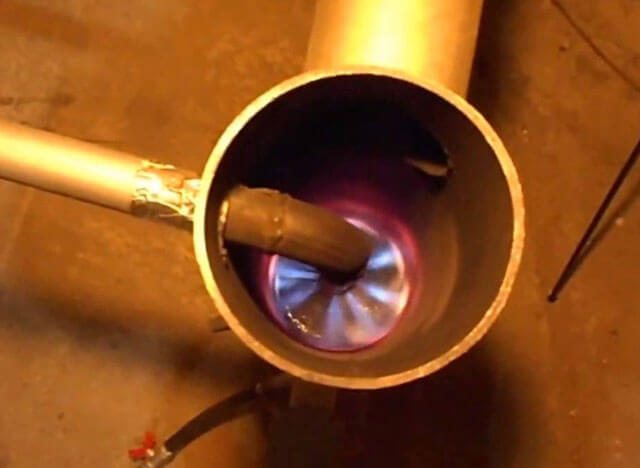

The drip furnace is started more smoothly. After opening the fuel supply valve, the torch with a rag wrapped around it or a piece of foam rubber attached should be ignited only when a small puddle has accumulated in the bowl. We emphasize once again - first, it is not the oil that is ignited, but the torch. You can just throw a piece of toilet paper into the bowl. You can do this without fear - the paper will burn out almost without residue.
After 5 minutes, the oil will heat up, boil, and you will no longer need to maintain combustion. All that remains is to adjust the air supply and fuel consumption.
To paint the oven, you can use a mixture of aluminum powder (200 g), glue based on silicates (0.5 l) and a small amount of chalk (20 g).

